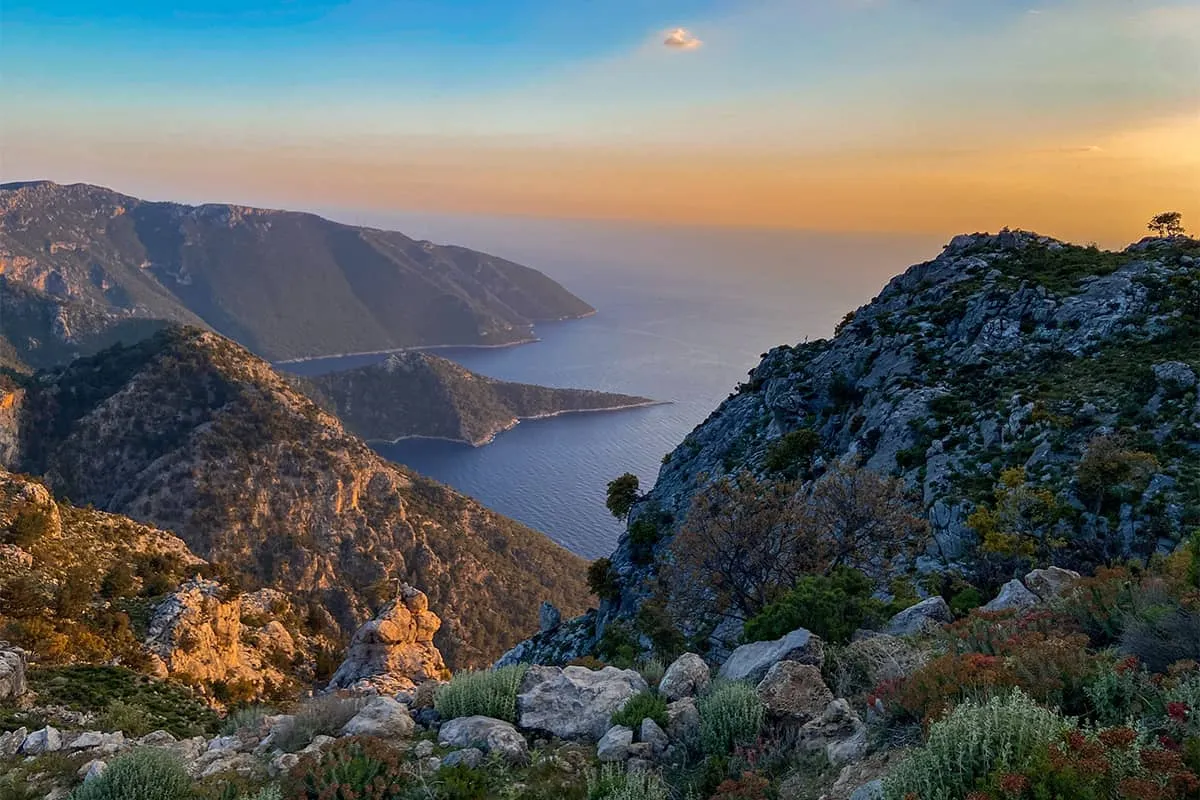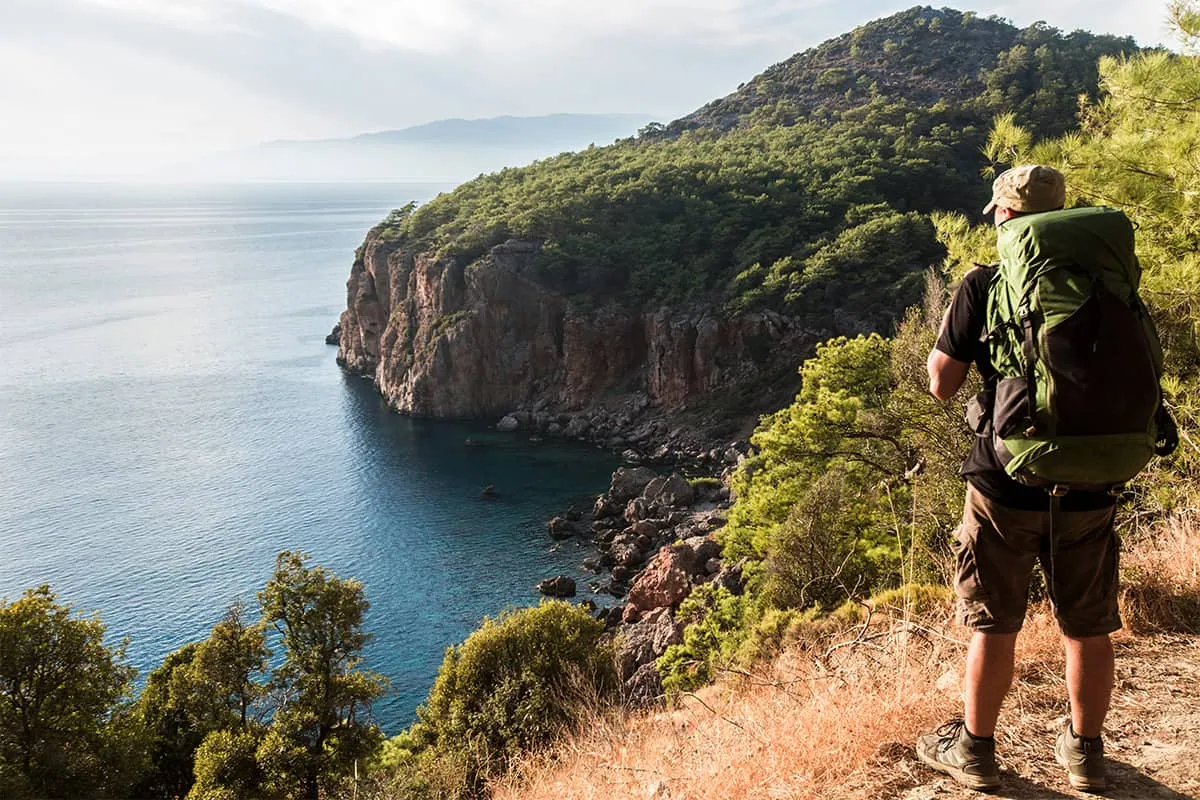A Journey on the Ancient Lycian Way in Türkiye
Embark on a virtual journey through time and space, exploring one of the oldest footpaths in the world – the Lycian Way. Situated in the stunning southwest region of Türkiye, this trail traverses ancient ruins, limestone cliffs, lush pine forests, and tranquil beaches, each leg of the journey revealing a new facet of Lycia's rich heritage. Let's delve into the captivating chronicle of the Lycian Way, learn how to prepare for this journey, and explore the major attractions you shouldn't miss along the route.
The History of the Lycian Way

Dating back to ancient times, the Lycian Way echoes the footsteps of the Lycians civilisation as well as others including the Romans later on. The trail takes its name from the ancient Lycian civilization, which thrived in this region around 25 from 15-14th centuries BC to 546 BC. Known for their unique, distinctive rock tombs, the Lycians left an indelible mark on the landscape visitors can explore today.
Natural Wonders and Ancient Sites to See, and Places to Stay Along the Route

The Lycian Way is not just a hiking trail; it's a living museum, a sprawling gallery of natural and historical sites. Key archaeological sites include the ancient cities of Olympos, Myra, and Patara, where you can marvel at ancient theaters, tombs, and ruins whispering tales from millennia.
One sight you shouldn't miss is the Gelidonya Lighthouse. Perched on the edge of Cape Taşlık in Kumluca, this lighthouse offers breathtaking views of the surrounding landscapes and the Mediterranean Sea. Initially built in 1936 to guide passing ships, the lighthouse is now a popular spot for hikers on the Lycian Way. Standing atop the rocky cliffs and looking out at the endless expanse of blue sea below, one truly feels at the edge of the world. The Gelidonya Lighthouse serves as a reminder of human presence amidst nature's grandeur marks one of the most scenic points of the ancient Lycian Way.
